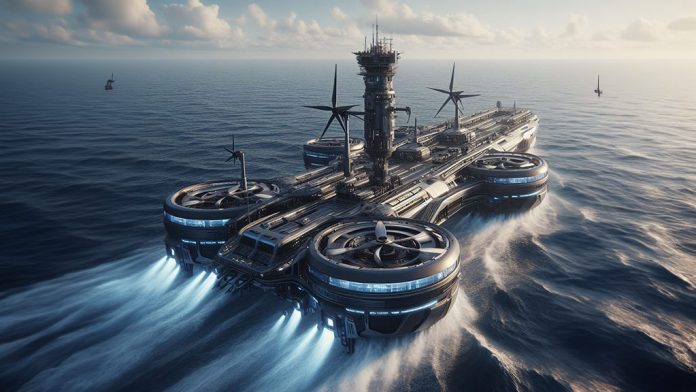When we look at our oceans, it’s hard to believe something so significant could be harmed by forces we can hardly see. Yet, according to the Guardian, the oceans are being destroyed and are overcrowded by discarded plastic. Increased carbon emissions have caused the oceans to become dangerously acidic. Environmental experts have been working together in countries worldwide to find technological solutions to these destructive forces.
Technology to Analyze Water Content
Did you know that ocean-going drones now carry a network of sensors to examine our waters and send the results of their analysis to government agencies and organizations dedicated to cleaning up the oceans? The sensors monitor the purity of the ocean waters, as well as the pH and trash levels. Some drones can remain in areas of interest for up to a year and deliver real-time data to interested organizations.
Technology to Preserve Coral Reefs
The Coral Guardian reports that coral reefs provide a home to one-fourth of all the plants and animals found in the ocean. Yet, the damage to the oceans is beginning to place these structures at risk. Satellite data originating from NASA has recently been used to record the extent of the damage to the coral reefs in Belize. NASA’s research has noted the Belize coral reefs are approximately 185 miles long, so their potential destruction is a significant concern for environmentalists in that area.
Technology to Protect the Fishing Industry
The levels of pollution rising in our oceans, combined with the increasing warmth of the earth’s atmosphere make it impossible for fish to live in their usual habitats. According to the Guardian, if the plastic content of our oceans continues to increase at its present rate, there will be one ton of plastic in the ocean for every three tons of fish. To gather valuable evidence about the location of fish, a coalition of governments and NGOs named mFish Initiative has been using modernized GPS technology to find and catch the fish more quickly. For example, MFish has recently been working in 13 Indonesian communities to help up to 20,000 of their struggling fishermen.
Technology to Monitor Shipping Containers
An information source from TheRoundUp states that shipping containers were invented by Malcolm McLean in 1956, and they are now widely used to transport goods over the oceans. However, their use contributes to carbon emissions polluting our oceans. According to Aeler, in response to environmental concerns, the shipping container companies have pledged to reduce their emissions by 70% by 2050. This pledge has led to the development of intelligent containers, which are designed to produce a reduced amount of emissions.
Technology to Decrease Plastic Bottle Congestion
In addition to taking up too much space in our oceans, plastic trash poses other environmental dangers. Marine animals, like seals, turtles, and ducks, can become entangled in plastic. Companies making plastic containers are now switching to making biodegradable containers that will not cause the same environmental damage. This would not be possible without the ever-evolving technology of our world.
Technology That Needs More Attention
Although technology is making advances toward helping the environment, those working in the technological sector are aware of the need to monitor data closely. For example, during the first half of 2019, researchers estimated that over 4 billion records had been exposed by data breaches. This puts a different perspective on the growing amount of data collected to protect the environment. We need to be vigilant about cybersecurity to protect the technology we now use to do good.
To protect our oceans, we need to continue our efforts to use new technologies to reduce their damage. In addition, we also need to continue to develop alternate methods of manufacturing, transportation, and cleanup. If we work together in a global effort to preserve our oceans, while also protecting our data from cyberattacks, we can find solutions to the challenges now facing our oceans.



